![]() Linden Lab, whether by design or by accident, appears to have pulled their usual stunt: Wallace Linden’s post caused panic and disarray, focussed in a misleading direction, and barely hinted at the truth of the matter. Once again, decisions had been finalised even before the post went live. This sort of behaviour does nothing to inspire confidence in the user population, but I suppose it is at least consistent. These days, many of us know to be very critical of any blog post offering, even from new folk on the team. This consistency means that we can predict with some confidence that changes have been made. What changes? That is a much trickier question.
Linden Lab, whether by design or by accident, appears to have pulled their usual stunt: Wallace Linden’s post caused panic and disarray, focussed in a misleading direction, and barely hinted at the truth of the matter. Once again, decisions had been finalised even before the post went live. This sort of behaviour does nothing to inspire confidence in the user population, but I suppose it is at least consistent. These days, many of us know to be very critical of any blog post offering, even from new folk on the team. This consistency means that we can predict with some confidence that changes have been made. What changes? That is a much trickier question.
Putting that aside for the moment, let’s look at the acquisition of Avatars United by Linden Lab.
Acquiring a team of people who have already demonstrated their abilities in a certain field makes a whole heap of sense – especially when you want your existing development team to continue on with what they are doing. It’s also great to bring in new people for a fresh look at old problems.
“[…] we’re committed to keeping this ideal of a place where avatars from multiple worlds and games can come together.” ~ M Linden
The Avatars United (AU) idea is all about collating your online identities, and connecting to other people engaged in the same virtual environments (VEs) or games as yourself. I am forced to wonder, how many people have the time to be heavily engaged enough in several VEs to want to be connected this way? Perhaps AU will encourage cross-pollination of VEs, perhaps each person will remain firmly in their own VE’s social circle. Since you cannot easily share the details for each avatar name between VEs, the latter seems most likely.
“The first design principle in this social strategy is respect of your privacy. We aren’t going to take away any privacy or anonymity for those that want it. We are not going to “out” people. We are not going to force anyone to reveal any private or personal information. […] But for those who don’t want to opt in to an arrangement like that, nothing at all will change.” ~ M Linden
Thank you, M, that’s a fantastic idea – make all linkages opt-in! But wait, what’s this – linking all your avatar names together in AU is opt-out, not opt-in? I sincerely hope that this is changed in the near future, and that the place that this is accomplished is made more obvious, instead of having it tucked away under the Account Privacy settings. I’m also keen to know why there’s a section under the Account tab that allows you to fill in your personal information. It too is opt-in, except for birth-date, but I don’t see how having that section is useful, or who might require or desire access to that information.
“In coming months, we’ll be looking at the best way to create new services for Second Life around some of the sharing and networking tools that Avatars United has to offer.” ~ M Linden
AU is set to be changed in the next few months. Applications for SL users seem imminent, and it will be interesting to see how much work is funnelled into SL-related ideas, and how much is devoted to other VEs. Fortunately, “the AU team already has an active and growing developer program”, so we should start seeing useful, relevant, apps quite soon, regardless of what is happening internally at Linden Lab.
I would like to see AU become a way to be lightly engaged in VEs, whereas actually entering those environments would be a heavy engagement. In the future, AU could become a way to check in, in a central location, and see who is online, what they are doing currently, keep in touch with groups via forums. You could use it to form an “acquaintance list”, or perhaps use the group features to belong to extra groups, or to have a forum for existing group. AU is a good place, and hopefully in time will become an even better place, to keep your finger lightly on the pulse of what’s happening in your social circle online, while still being able to get in-world and experience all the wonders of high social engagement and creative past-times.
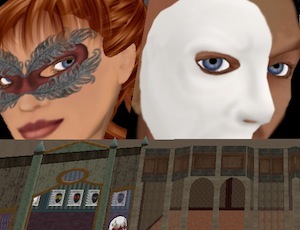

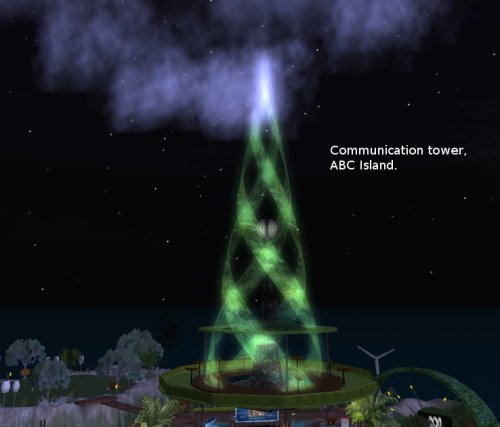
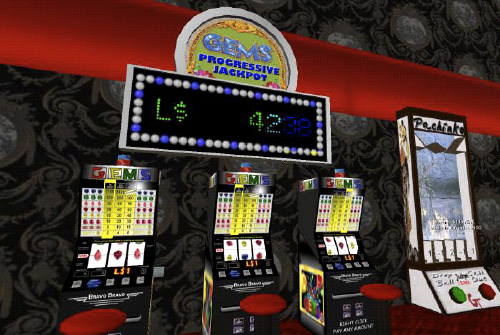
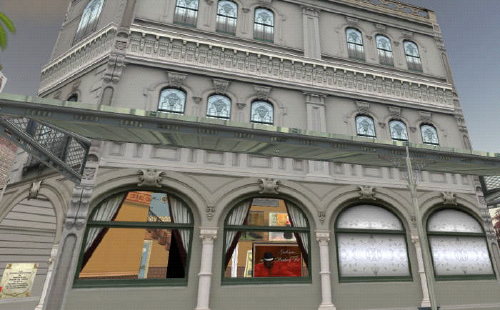
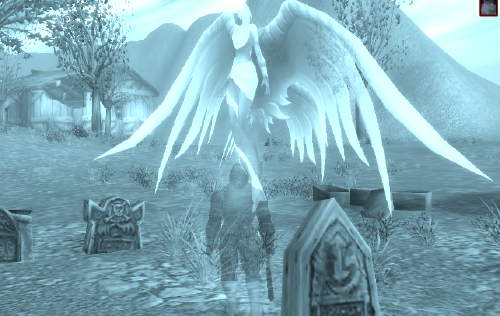
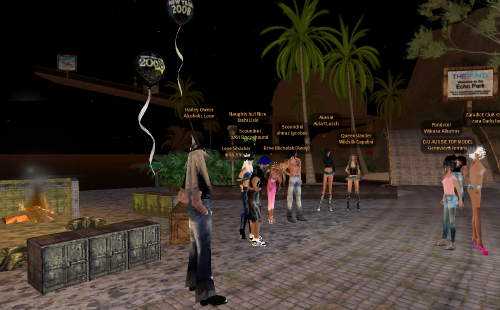
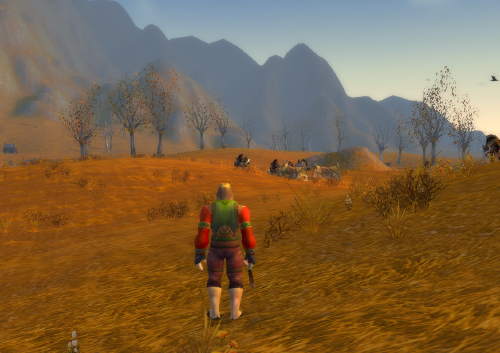
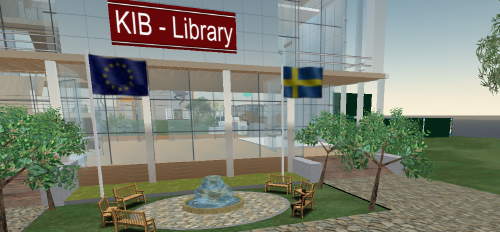

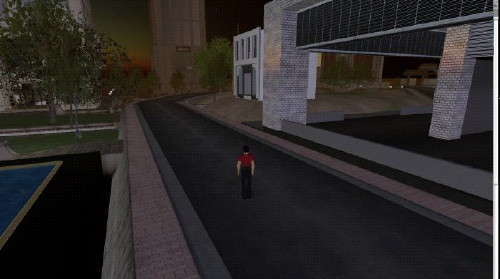
Recent Comments